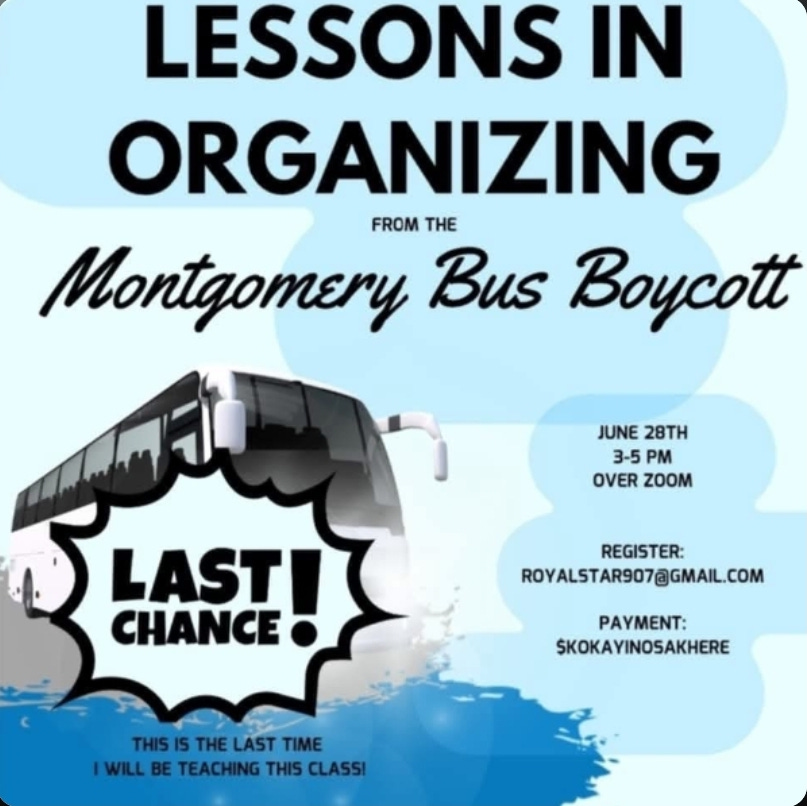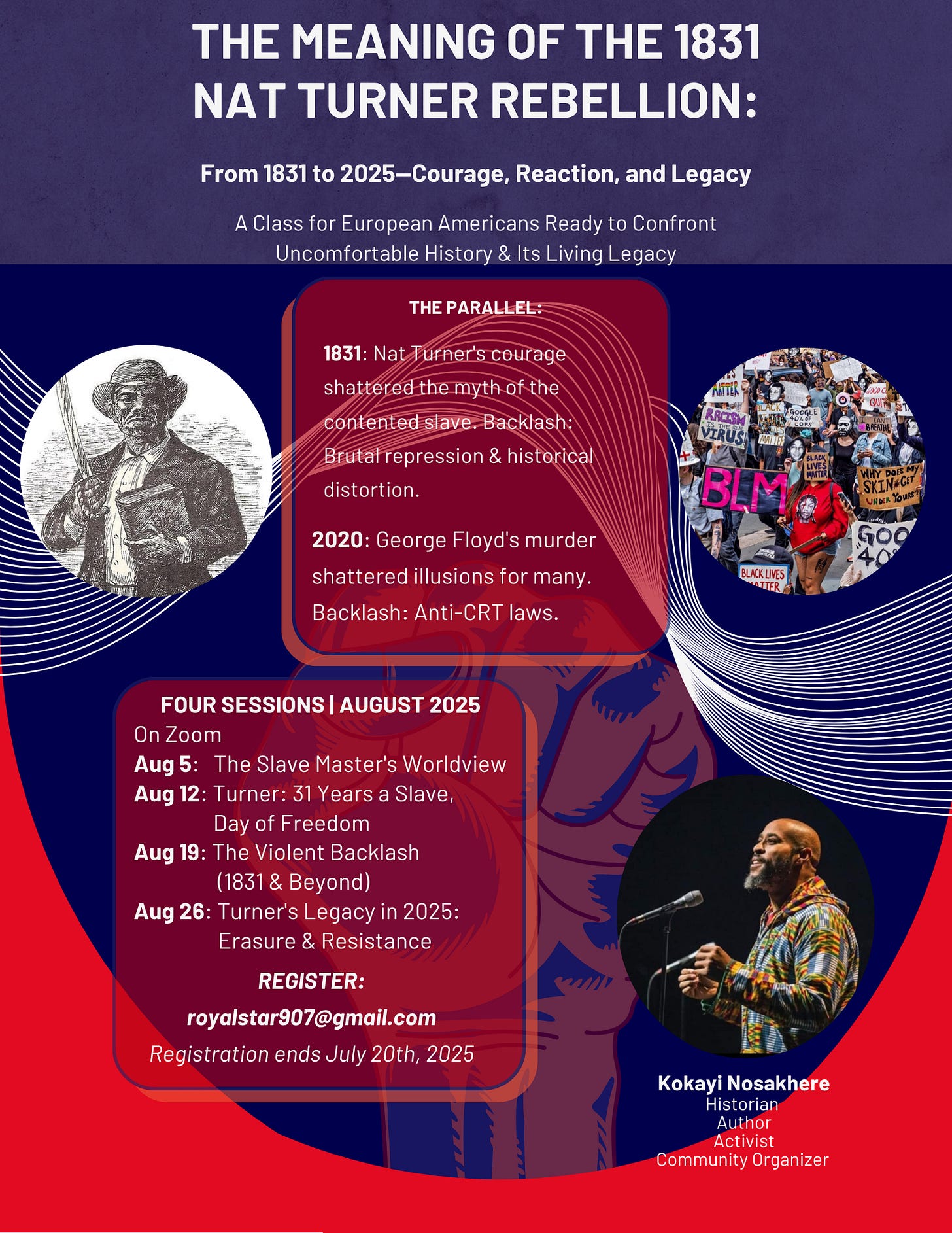This year, I was blessed to attend the 100th anniversary of Minister Malcolm X’s birthday in Harlem, New York. As a historian, there was no way I could travel without also visiting specific institutions I have spent most of my life reading about. When I entered the Schomburg Center for Research in Black Culture, I learned a small bookstore was attached to it. A book cover captured my eye under the educational section, “Learning in a Burning House: Educational Inequality, Ideology and (Dis)Integration” by Sonya Douglass Horsford.
I said to myself, “I know that quote: in a burning house!” To Black historians and students of the Civil Rights Movement, it is familiar.
Towards the end of his illustrious career, in private conversation with his peers, Dr. Martin Luther King Jr. said, “We have fought long and hard for integration, as I believe we should have, and I know that we will win, but I’ve come to believe we’re integrating into a burning house.” Integrating into a burning house
The reason we know this quote is because calypso legend Harry Belafonte, one of Dr. King’s closest friends, made it public. Although this thought was uttered as a stream of consciousness, it was received as an inquiry. A question was asked, “What do you think we should do about that?” The good reverend answered, “We must become firemen.”
That’s easier said than done.
By standards established within the Western mind, this book is old. Originally, published under President Obama’s first administration (in 2011) the first question we as Readers are taught to ask ourselves is how relevant the thoughts collected between these pages are. It’s 2025, right? Consuming the material is like unearthing a time capsule - right? It gives us a snapshot into what the state of education was an entire graduating class ago. Meaning, those who started kindergarten in 2011 are now (potentially) entering their Junior year in college!
Surely, things have progressed? Right? Just like technology has progressed from Google into AI, right?
The author, Dr. Horsford, is brilliant. She includes 11 pages of references/notes for only 110 pages of text. The language and tone are highly academic, leading us to argue that the Sister Educator’s intended audience is not the layperson or parent, but her peers - those motivated to provide Black students with a more meaningful educational experience. Yes, “motivated” is a good word because Horsford’s presentation is dense.
“Learning in a Burning House” is Horsford’s second book. It was published by Teacher’s College Press, which is associated with Columbia University, while she served as a senior resident scholar in Las Vegas.
The blurb on the back cover partially reads: The negative consequences of school desegregation on Black communities in the United States are well documented in education research. Learning in a Burning House is the first book to offer a historical look at the desegregation dilemma with clear recommendations for what must be done to ensure Black student success in today’s schools.
Now, breathe, because what follows defies some of the basic assumptions the “American” public mind operates from when discussing education in the national conversation.
First, it is assumed that integration has already happened and it - integration - is a good thing.
“Desegregation is a joke.” This is the second quote from the generation that organized the Civil Rights Movement Dr. Hosford uses. She writes, “[Nina] Simone’s words, much like her melancholy lyrics and brooding voice, captured the disappointment and pain you feel when you’ve been lied to; the hardness that develops when you’ve been lied to; the hardness that develops when you have decided you can trust no more. (page 1)
Horsford works from the premise integration never happened. Now, for those who grew up in classrooms where Black students, Asian students and Native students learned side-by-side with “white” students, confusion reigns. The classrooms look integrated. Meaning, the classrooms do not look all-white or all-Black or all-Asian or all-Native. Instead, the different populations are all represented in one place: a diverse classroom.
The idea that this physical achievement of “mixing” is not “integration” causes the Western (mechanical) mind to collapse. What more is being asked?
A lot more is being asked. So much more, entire books exist describing in precise detail what that more is. The U.S. Commission on Civil Rights defines integration as “a quality of education and interpersonal interaction based on the positive acceptance of individual and group differences as well as similarities.” (page 4) It is a “new thing” outside, or beyond, what the mind that created chattel slavery, Jim Crow characters/music and segregation laws finds conceivable. Integration creates the moral community - of brotherhood, sisterhood and childhood - aligned with the human idea of oneness.
It is here, where European Americans collectively blink in confusion. How is integration measurable, then? If it is “not” achieved by seeing a classroom of “different” skin-toned children, what does it look like?
It doesn’t look like textbooks filled solely with the thoughts, achievements and pictures of European Americans.
It doesn’t look like 8 out of 10 educators being European American, with 7 out of the 8 European Americans being women. Nor, is it 8 out of 10 school principals being European American. (These are 2011 stats. In a report published in 2023, the same stats were cited, meaning, nothing has essentially changed. Minorities and Education in America
It doesn’t look like those who created inequality can practice equality without experiencing internal discomfort so great their resistance strategies don’t look or feel like resistance strategies - to them - and, therefore, generate outcomes that maintain segregation-era results.
Dr. Horsford illustrates this point by documenting a story from a Black superintendent who participated in her study for this book. Because United States schools are predominantly “white spaces,” without the contrast of a Black narrative, “white racial thinking” goes unchallenged. Working inside an affluent school district, a Black woman educator named Dr. Wells once observed a classroom where a European American woman was physically segregating the children through classroom activities. The “white” children were on a rug reading stories to each other, while three Black children were doing supervised phonics drills with an adult in the back of the room. A fourth Black child was in time-out. (pg. 74) When Dr. Wells pointed this out, the European American principal blinked in confusion.
To explain the principals’s confusion and how the teachers created the outcome, the five tenets of critical race theory are introduced.
Counterstorytelling - a challenge to the Eurocentric worldview
Critique of liberalism - rejection of colorblind ideology; the idea that “American” business practices produce a meritocracy and the law is a neutral/objective process implemented in a logical manner
Whiteness as property - living in a white body comes with privileges inside of a racial caste system
Interest convergence - Progress is always within the comfort zone of European Americans impacted by the requested change.
Permanence of racism - white supremacy is the operating software of the “American group dynamic”
Critical race theory is the academic vehicle for communicating to the Western (object-dominated) mind that “it” is the “burning house.” The change that needs to happen is the European-American relationship to “Blackness.”
Dr. Horsford takes pains throughout the book to clarify the purpose of Oliver Brown vs the Board of Topeka, Kansas was not to invade white spaces but to force the equitable distribution of resources - financials and educational materials. So far, that effort has failed, which begs a lot of questions.
Academics do not write books as commercial products. They are written to contribute to a conversation. In this case, Dr. Horsford is sitting us down inside of a peer circle, like the one Dr. King was in, to assess where we currently are and to critically think about where to direct our energies from here.
As a reader, I am a little frustrated that, 57 years after Thurgood Marshall successfully convinced nine European American men on the United States Supreme Court that “white” children were negatively affected by segregation, a new generation of educators, with childhoods completely within integrated classrooms, have to be convinced to change their behavior. The energy Dr. Horsford commits to fashioning “tool” seems misdirected. (I won’t classify it as wasted.) Shouldn’t the conversation be further along?
The second question haunting me is: how best do I use this book to spark meaningful conversation? Because I found this title in a Black space, I assume (and it is a big assumption) that the marketing flow of the book is from Black hands into professional educational circles. Meaning, a Black teacher uses this tool to help their colleagues engage in self-reflection after receiving a critique of their behavior as being racist or this tool is used by the Black educator to defend them teaching a culturally-based lesson to upset European American parents.
If that is the case, then the barrier, just like Dr. Wells encountered, is what whiteness means inside the subconscious of the European Americans I share this book with. Addressing the identity crisis that their hands are the ones containing the fire Dr. King used inside of his metaphor is Black people following the moral leader’s advice to become firemen.
For those seeking to use this book as an anti-racism conversation starter, I suggest the following:
Read the book and take notes. Specifically, focus on the questions which arise within you. Carefully write them down.
Schedule a meeting with someone you can process your emotions around “feeling white” with. Bring the book and start a discussion around your thoughts and emotions concerning the premise that integration has never happened, only desegregation. Define desegregation and ask the person to help you disprove this thesis.
If you experience any racial stress during the conversation, demonstrate, in real-time, whatever coping mechanisms you use to stay in your body while experiencing racial stress.
Brainstorm how you can teach the concepts contained in this book with other European American parents. What support can you provide the educators at the schools in your community and elected school board members?
I hope that this review has inspired you to add this book to your summer reading list. Please choose to share this Substack with another European American in your sphere of influence that you believe seeks to deconstruct their relationship to whiteness. Together, we can walk to the next horizon of our collective humanity.
Please check out my other work:
The Depth of Historical Trauma
UPCOMING CLASSES:
To register, email royalstar907@gmail.com






